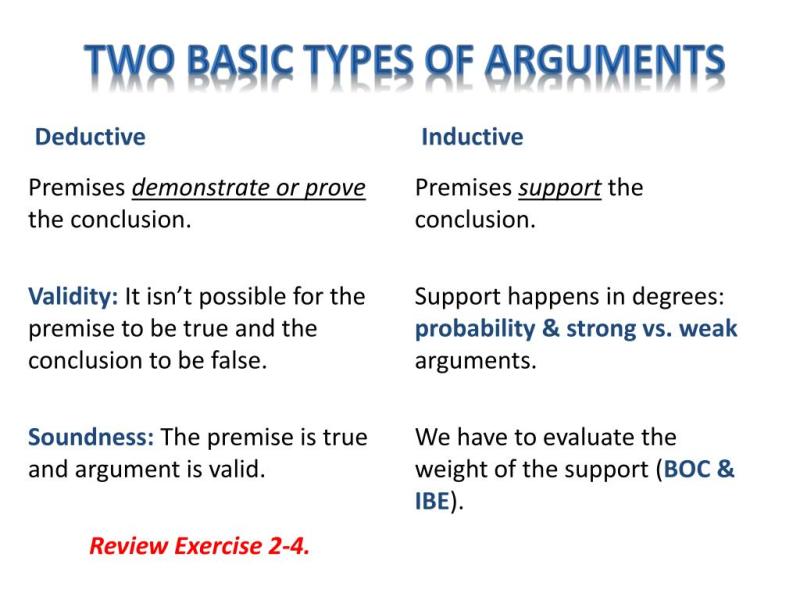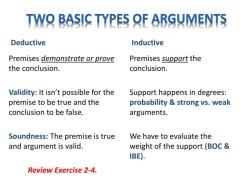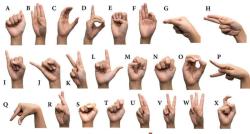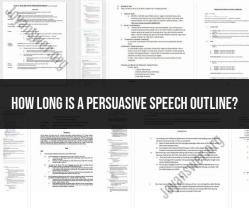What are the different styles of argument?
There are several different styles of argument, each with its own approach to persuasion and rhetorical techniques. Here are some common styles of argument:
Classical Argument:
- This traditional style follows a structured format with introduction, narration, confirmation, refutation, and conclusion. It is often used in academic writing and formal essays.
Rogerian Argument:
- Developed by psychologist Carl Rogers, this approach emphasizes finding common ground between opposing views. It focuses on understanding the perspectives of others and seeking a compromise or solution.
Toulmin Argument:
- Proposed by philosopher Stephen Toulmin, this model breaks down an argument into components such as claim, grounds, warrant, backing, and rebuttal. It is a flexible approach that can be adapted to various rhetorical situations.
Logical Argument:
- This style relies on logical reasoning and evidence to support a claim. It often involves presenting a series of premises that lead to a logical conclusion.
Emotional or Pathos-Based Argument:
- Appeals to the emotions of the audience to persuade them. This style uses anecdotes, personal stories, and vivid language to evoke feelings and create a connection with the audience.
Ethical or Ethos-Based Argument:
- Establishes the credibility and trustworthiness of the speaker or writer. It often involves presenting qualifications, expertise, or ethical values to gain the audience's confidence.
Logical Fallacies:
- This style involves the use of flawed logic or reasoning to make an argument appear stronger than it is. While not a recommended approach, understanding logical fallacies is essential for critical thinking and analysis.
Satirical Argument:
- Uses humor, irony, or exaggeration to criticize or mock a particular idea or viewpoint. Satirical arguments are often employed in literature, comedy, and social commentary.
Inductive Reasoning:
- Draws conclusions based on specific examples or observations. It generalizes from specific instances to form a broader argument.
Deductive Reasoning:
- Starts with a general premise and deduces specific conclusions. It moves from a general statement to a specific instance.
Analogical Argument:
- Draws parallels or analogies between different situations or ideas to demonstrate similarities. It relies on the assumption that what holds true in one case should hold true in another.
Narrative Argument:
- Presents an argument in the form of a story or narrative. It engages the audience by providing a relatable and compelling account of events or experiences.
Pragmatic Argument:
- Focuses on practical considerations and real-world consequences. It often appeals to the audience's common sense and encourages action based on practicality.
Each style of argument has its strengths and weaknesses, and the effectiveness of an argument often depends on the context, audience, and purpose. Skilled communicators may use a combination of these styles to create a well-rounded and persuasive argument.
What are the different argument styles that one can adopt?
The way we argue can vary greatly depending on our personalities, communication styles, and the context of the situation. Here are some common argument styles, each with its own strengths and weaknesses:
Competitive:
- Focuses on winning: Individuals in this style prioritize asserting their own position and achieving dominance over their opponent.
- Strong at presenting evidence and logic: They excel at building airtight arguments and defending their point with precision.
- Can be aggressive and confrontational: This style can escalate tension and create negativity, sometimes hindering effective communication.
Collaborative:
- Focuses on finding common ground: Individuals in this style prioritize understanding the other person's perspective and reaching a mutually agreeable solution.
- Strong at active listening and empathy: They strive to see things from the other side and communicate with respect and understanding.
- Can be slow and time-consuming: This style requires patience and willingness to compromise, which may not be suitable for urgent situations.
Accommodating:
- Focuses on minimizing conflict: Individuals in this style prioritize maintaining harmony and avoiding confrontation, even if it means sacrificing their own needs.
- Strong at de-escalating tension and compromising: They readily apologize, concede points, and seek to please the other person.
- Can be seen as passive or pushovers: This style may lead to resentment and hinder individuals from advocating for their own needs.
Avoidant:
- Focuses on escaping the argument: Individuals in this style prioritize avoiding conflict altogether, often by withdrawing from the conversation or changing the subject.
- May experience anxiety or discomfort during arguments: They dislike confrontation and prefer peaceful, harmonious interaction.
- Can lead to unresolved issues and lack of communication: Ignoring problems often perpetuates them and hinders finding solutions.
Informative:
- Focuses on presenting factual information: Individuals in this style prioritize logic, reason, and objective evidence to convince the other person.
- Strong at research and analysis: They rely on data, statistics, and logical arguments to support their position.
- Can be seen as detached or unemotional: This style may lack empathy and understanding of the other person's feelings.
It's important to note that:
- These are just a few examples, and there are many other argument styles and variations within each category.
- The "best" style depends on the specific situation, the relationship between the people involved, and the desired outcome.
- Developing flexibility and adapting your style based on the context is crucial for effective communication and conflict resolution.
Remember, the goal of an argument shouldn't be to "win" or dominate, but to understand each other's perspectives and work towards a solution that benefits everyone involved.












